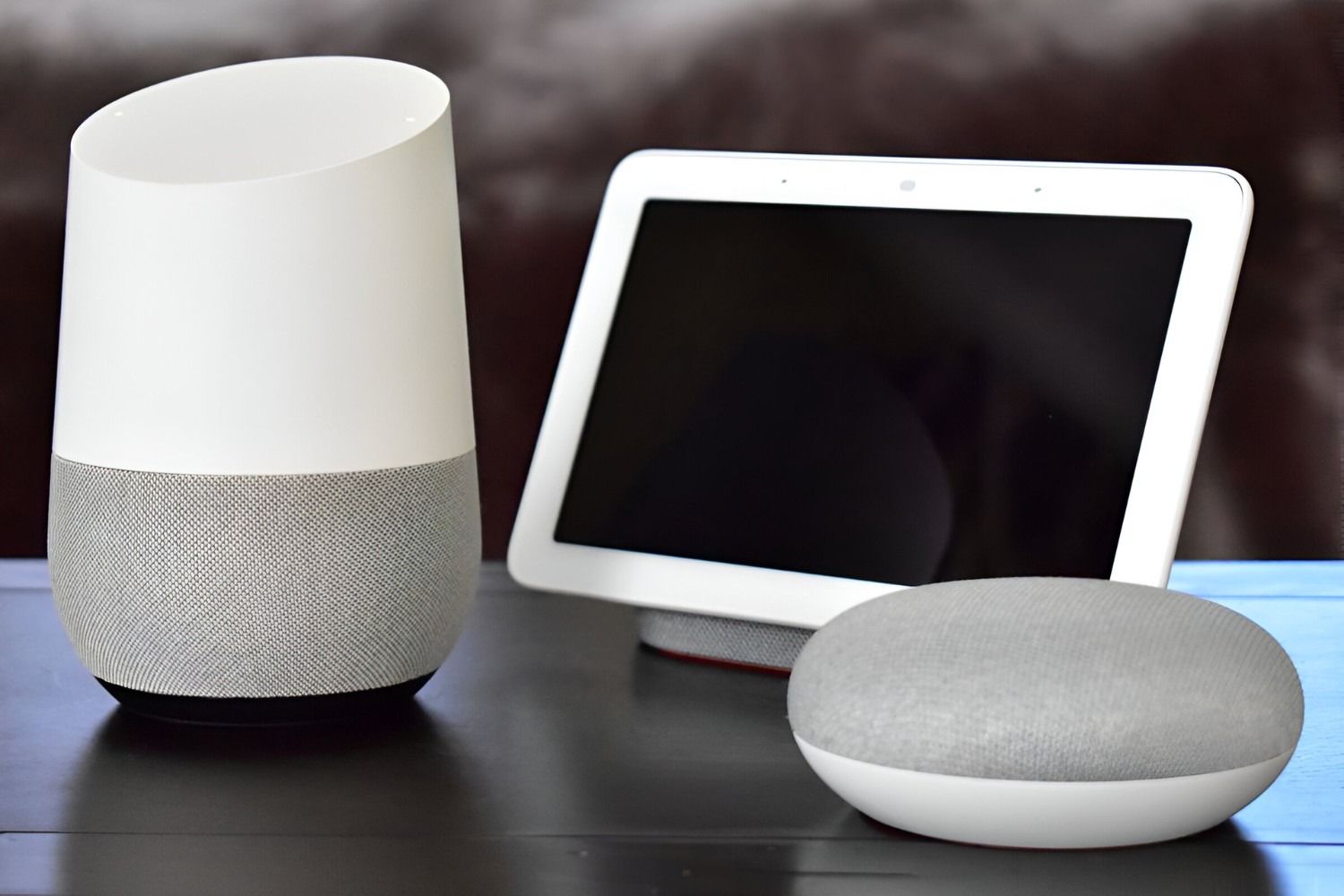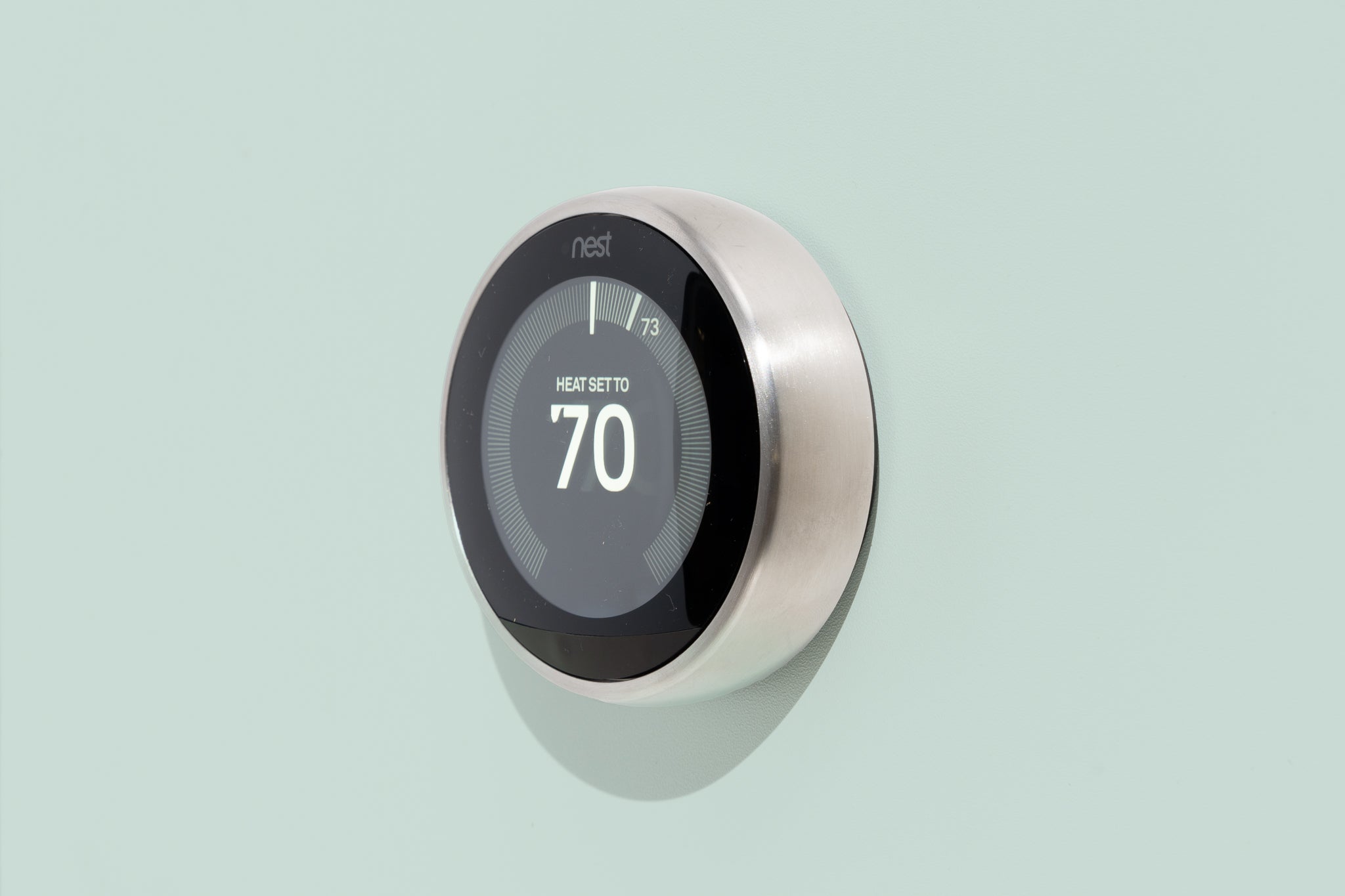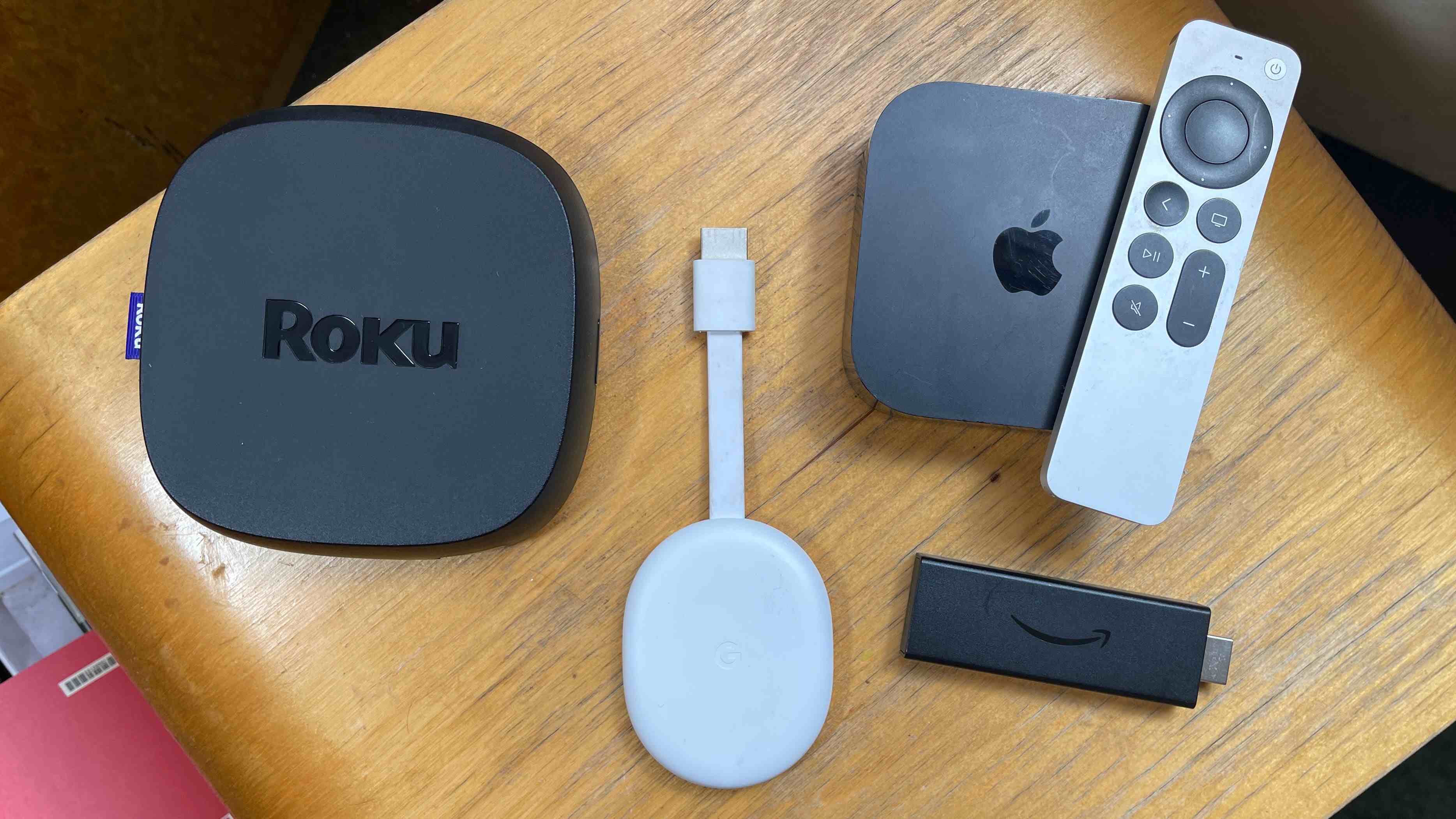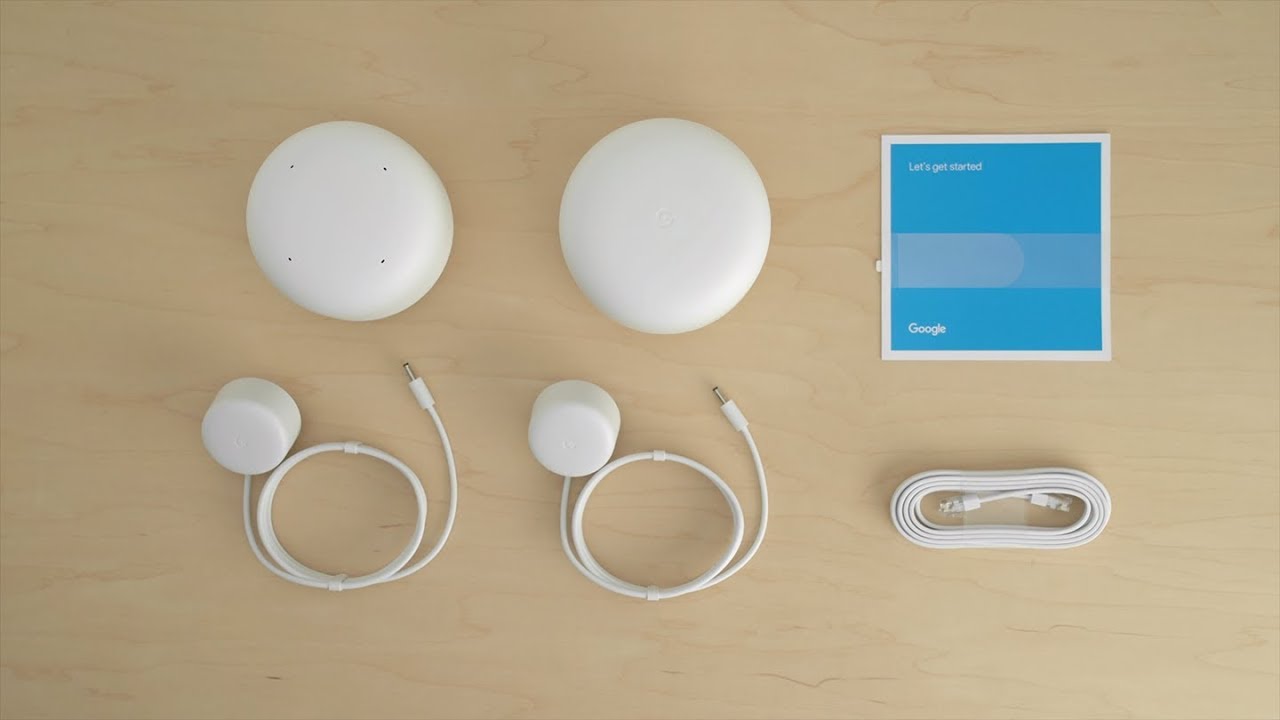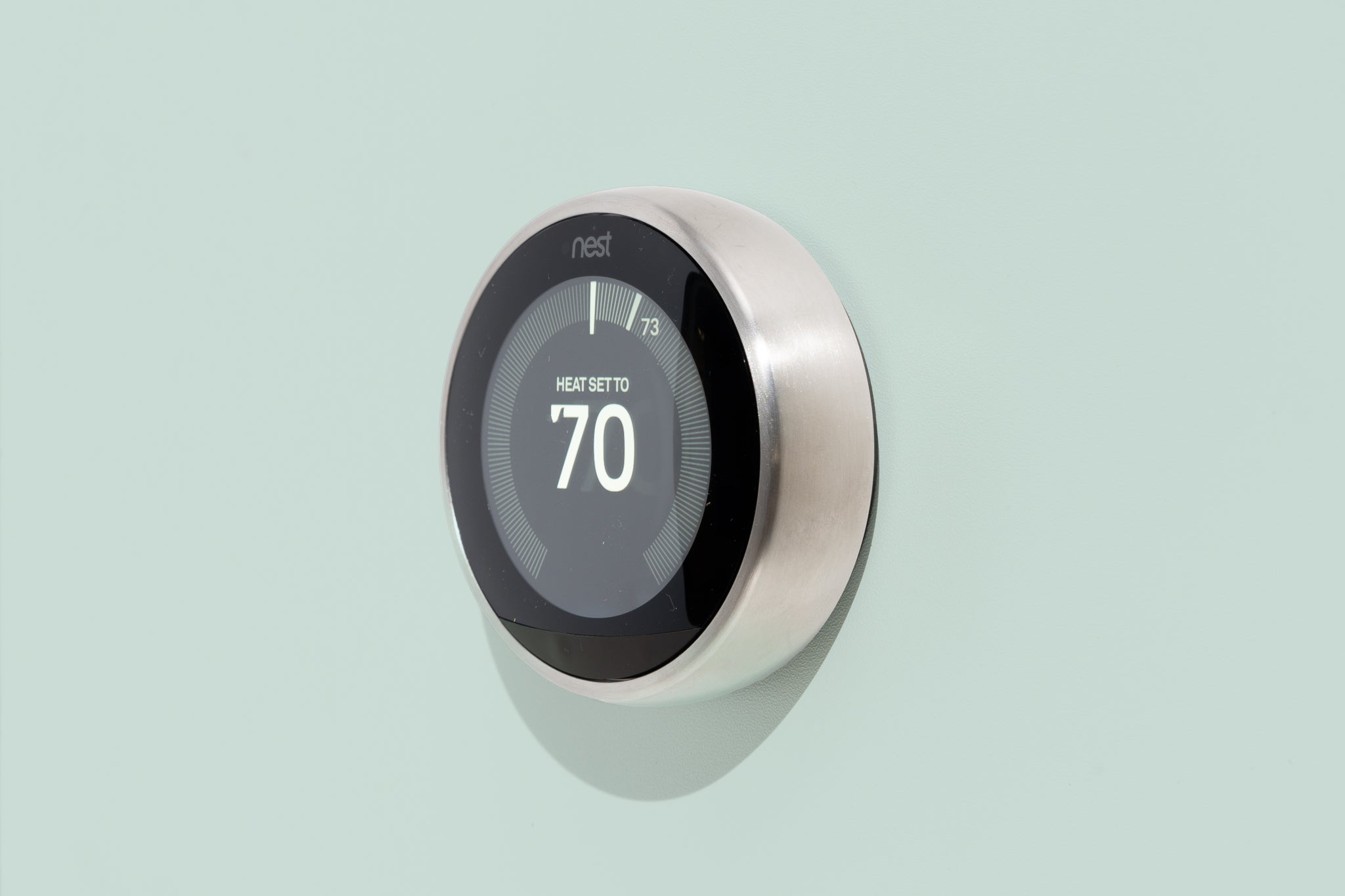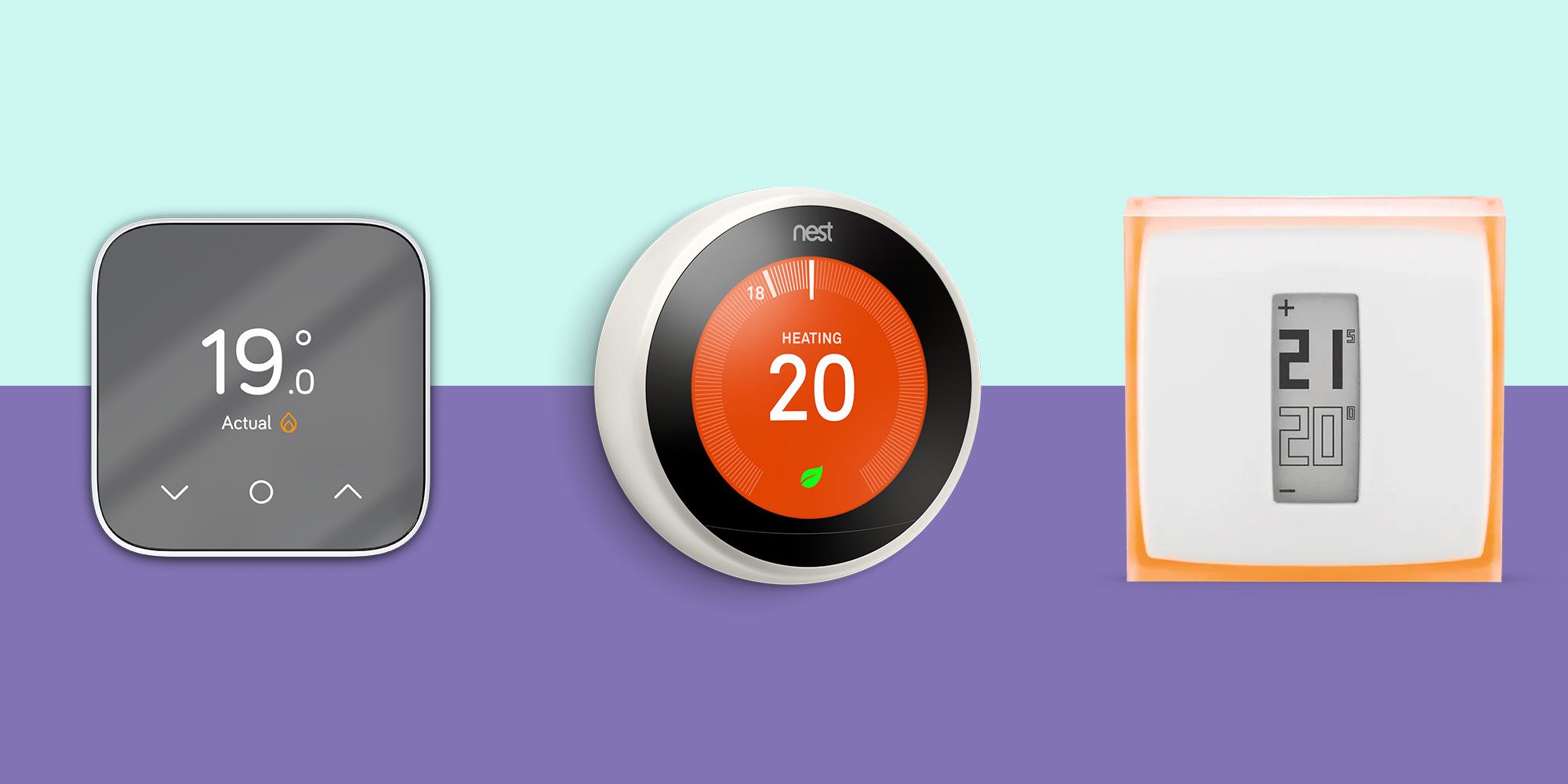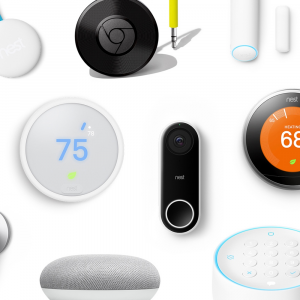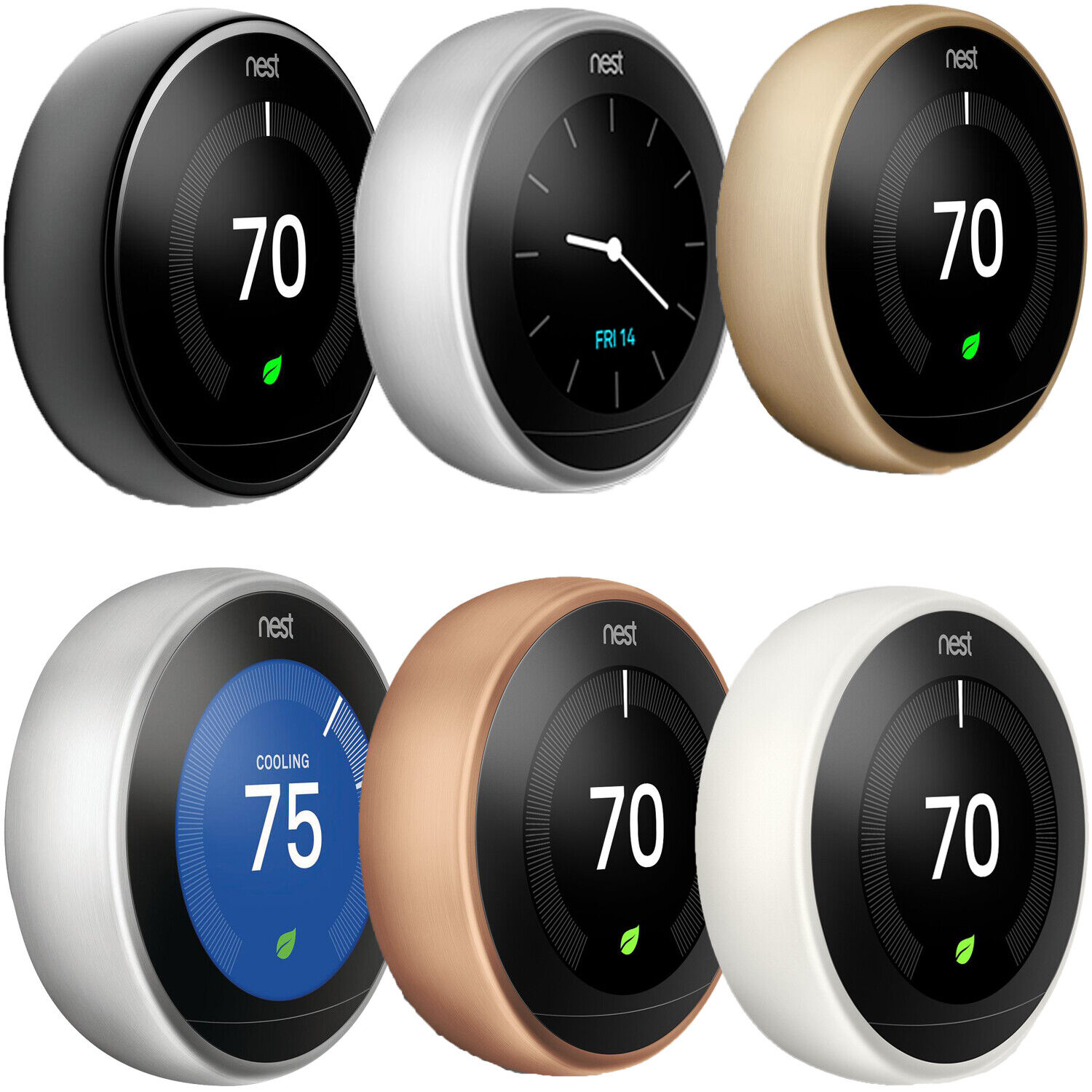Introduction
Setting up your Google Nest device to connect to a hotspot can provide a seamless and reliable internet connection, especially in scenarios where traditional Wi-Fi networks may not be available. Whether you're in a location with limited internet options or simply prefer the flexibility of using a hotspot, this step-by-step guide will walk you through the process of connecting your Google Nest to a hotspot with ease.
By following the instructions provided in this guide, you can enjoy the convenience of controlling your Google Nest device without being restricted by the availability of a standard Wi-Fi network. With a few simple steps, you can ensure that your Google Nest remains connected and functional, allowing you to make the most of its features and benefits.
Now, let's delve into the details of accessing your Google Nest settings, connecting it to a hotspot, and troubleshooting any potential issues that may arise along the way. Whether you're a tech enthusiast looking to explore new connectivity options or someone seeking a reliable internet solution in a specific setting, this guide is designed to assist you in seamlessly integrating your Google Nest with a hotspot.
Step 1: Accessing Google Nest Settings
Accessing the settings of your Google Nest device is the first crucial step in preparing it to connect to a hotspot. To begin, ensure that your Google Nest is powered on and within range of a reliable power source. Once this is confirmed, follow these straightforward steps to access the settings:
-
Open the Google Home App: Start by launching the Google Home app on your mobile device. This app serves as the central hub for managing and configuring your Google Nest devices.
-
Select Your Google Nest Device: Within the Google Home app, locate and select the specific Google Nest device that you intend to connect to a hotspot. This will direct you to the device's dedicated settings page.
-
Access Device Settings: Once you've selected your Google Nest device, navigate to the settings section within the app. This is typically represented by a gear or cog icon and is where you can customize various aspects of your device's functionality.
-
Locate Network Settings: Within the device settings, look for the network-related options. This is where you can manage the Wi-Fi and connectivity settings of your Google Nest device.
-
Prepare for Hotspot Connection: In the network settings, you may find an option to add or select a new network. This is where you'll initiate the process of connecting your Google Nest to a hotspot.
By following these steps, you can easily access the settings of your Google Nest device, setting the stage for the subsequent process of connecting it to a hotspot. With these initial configurations in place, you're now ready to proceed to the next step and establish a connection between your Google Nest and the desired hotspot.
Accessing the settings of your Google Nest device is a fundamental aspect of ensuring a seamless and successful connection to a hotspot. With the initial setup completed, you're now equipped to move on to the next phase of this process, which involves establishing the connection between your Google Nest and the designated hotspot.
Step 2: Connecting to Hotspot
After accessing the settings of your Google Nest device, the next vital step is to establish a connection to a hotspot. This process involves configuring your Google Nest to recognize and utilize the hotspot's network for seamless internet access. Follow these detailed steps to successfully connect your Google Nest to a hotspot:
-
Select Hotspot Network: Within the network settings of your Google Nest device, locate the option to add or select a new network. Here, you should see a list of available Wi-Fi networks, including the hotspot you intend to connect to. Identify the hotspot network from the list and proceed to select it.
-
Enter Hotspot Credentials: Upon selecting the hotspot network, you may be prompted to enter the network credentials, including the network name (SSID) and password. Ensure that you accurately input the required information to authenticate and establish a secure connection to the hotspot.
-
Verify Connection: After entering the hotspot credentials, your Google Nest device will attempt to connect to the designated hotspot network. It is essential to allow the device a few moments to establish the connection. Once connected, you should receive a confirmation within the Google Home app, indicating that your Google Nest is now successfully linked to the hotspot.
-
Test Connectivity: To ensure that the connection to the hotspot is functioning as expected, perform a quick test to verify the internet connectivity of your Google Nest device. This can be done by accessing various online features or commands through the device to confirm that it is receiving data from the hotspot network.
-
Optimize Placement: If necessary, consider the placement of your Google Nest device to maximize its reception of the hotspot signal. Positioning the device in an area with strong hotspot coverage can contribute to a more stable and reliable connection.
By following these steps, you can seamlessly connect your Google Nest device to a hotspot, enabling it to leverage the hotspot's internet connectivity for its operations. With the connection established, you can harness the full potential of your Google Nest device without being constrained by traditional Wi-Fi networks.
Establishing a reliable connection between your Google Nest and a hotspot opens up new possibilities for utilizing the device in diverse environments, ensuring that you can enjoy its features and benefits regardless of the availability of conventional Wi-Fi networks. With the connection process completed, you are now ready to explore the potential troubleshooting tips to address any connectivity challenges that may arise.
Step 3: Troubleshooting Tips
After connecting your Google Nest device to a hotspot, it's important to be prepared to address any potential issues that may arise. Troubleshooting connectivity challenges can help ensure a seamless and reliable experience with your Google Nest. Here are some troubleshooting tips to assist you in resolving common issues:
-
Signal Strength Evaluation: Begin by assessing the signal strength of the hotspot in the vicinity of your Google Nest device. Weak signal strength can lead to intermittent connectivity or slow performance. Consider relocating the hotspot or adjusting the positioning of your Google Nest to improve signal reception.
-
Hotspot Stability: Verify the stability of the hotspot network. In some cases, intermittent connectivity issues may stem from fluctuations in the hotspot's performance. Contact the hotspot provider or review the hotspot's settings to ensure stability and consistent signal availability.
-
Network Credentials Verification: Double-check the accuracy of the hotspot network credentials entered during the initial connection setup. Incorrect credentials can prevent your Google Nest from establishing a secure connection. Re-enter the credentials and ensure that they match the information provided by the hotspot provider.
-
Firmware and Software Updates: Check for available firmware or software updates for your Google Nest device. Keeping the device's firmware and associated apps up to date can address compatibility issues and enhance overall connectivity performance.
-
Reset Network Settings: If persistent connectivity issues persist, consider resetting the network settings on your Google Nest device. This can clear any potential configuration conflicts and allow you to re-establish the connection to the hotspot with a fresh configuration.
-
Hotspot Authentication: If the hotspot network requires additional authentication, such as a captive portal login, ensure that the necessary steps are completed to authenticate your Google Nest device on the hotspot network. This may involve logging in through a web portal or entering specific credentials provided by the hotspot provider.
-
Interference Identification: Identify and mitigate potential sources of interference that may impact the hotspot signal. Other electronic devices or physical obstructions can disrupt the signal quality. Position your Google Nest away from such sources of interference to optimize connectivity.
-
Contact Hotspot Provider: If all troubleshooting steps fail to resolve the connectivity issues, consider reaching out to the hotspot provider for further assistance. They can offer insights into network performance, troubleshoot specific hotspot-related issues, or provide alternative solutions to ensure a stable connection for your Google Nest device.
By applying these troubleshooting tips, you can effectively address connectivity challenges and optimize the performance of your Google Nest device when connected to a hotspot. These strategies empower you to overcome potential obstacles and maintain a reliable connection, allowing you to fully leverage the capabilities of your Google Nest across diverse environments and network setups.
Conclusion
In conclusion, the process of connecting your Google Nest device to a hotspot opens up a world of possibilities, allowing you to harness the full potential of your smart home technology in diverse environments. By following the step-by-step guide outlined in this article, you can seamlessly integrate your Google Nest with a hotspot, providing a reliable internet connection for uninterrupted access to its array of features and functionalities.
The initial step of accessing the Google Nest settings sets the stage for a smooth transition to hotspot connectivity. By navigating through the Google Home app and accessing the device settings, you lay the groundwork for the subsequent process of linking your Google Nest to the desired hotspot. This foundational step ensures that your Google Nest is primed and ready for the upcoming connection configuration.
The subsequent phase of connecting your Google Nest to a hotspot involves a series of intuitive steps, including selecting the hotspot network, entering the required credentials, and verifying the successful establishment of the connection. This seamless process enables your Google Nest to leverage the hotspot's internet connectivity, providing a reliable link for accessing smart features, voice commands, and other functionalities offered by the device.
Furthermore, the troubleshooting tips provided in this guide equip you with the knowledge to address potential connectivity challenges effectively. By evaluating signal strength, verifying network credentials, and identifying potential sources of interference, you can proactively troubleshoot and optimize the connectivity of your Google Nest device when connected to a hotspot. These troubleshooting strategies empower you to maintain a stable and reliable connection, ensuring an uninterrupted smart home experience.
Ultimately, the ability to connect your Google Nest to a hotspot extends the versatility of your smart home technology, enabling you to enjoy its benefits in various settings, including remote locations, outdoor spaces, or areas with limited traditional Wi-Fi access. This enhanced flexibility ensures that you can seamlessly integrate your Google Nest into your lifestyle, regardless of the availability of standard Wi-Fi networks.
By embracing the connectivity options offered by hotspots, you can unlock the full potential of your Google Nest device, making it an integral part of your daily routines and activities. Whether you're adjusting smart home settings, streaming music, or accessing information through voice commands, the reliable connection established with a hotspot ensures that your Google Nest remains responsive and accessible, enhancing your overall smart home experience.







